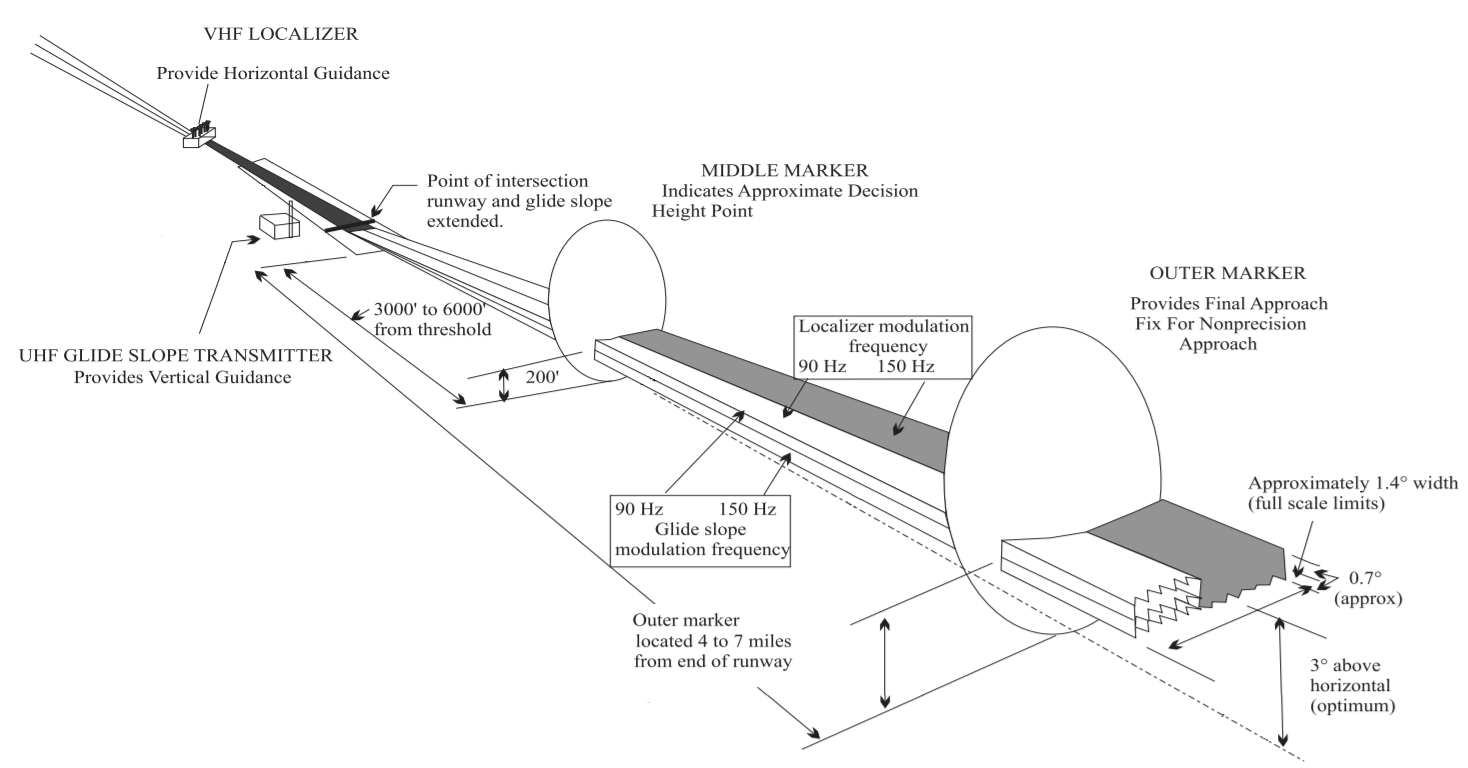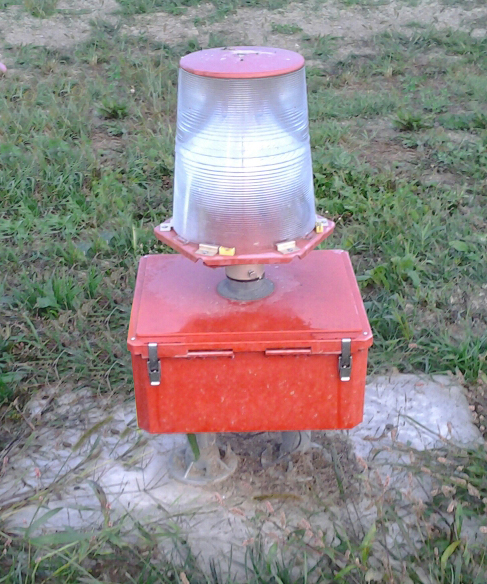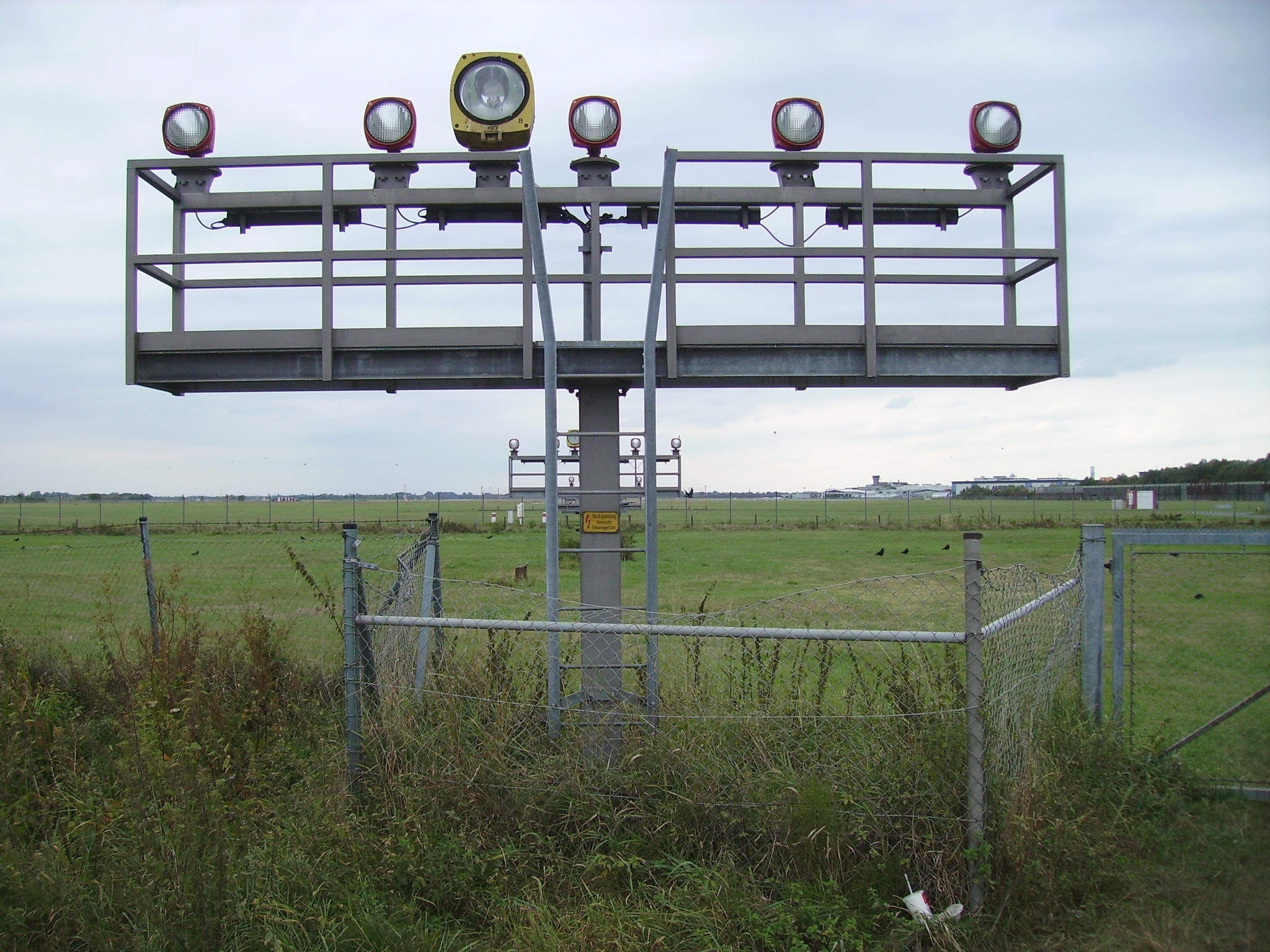|
Provincetown Municipal Airport
Provincetown Municipal Airport is a public airport located at the end of Cape Cod, two miles (3 km) northwest of the central business district of Provincetown, in Barnstable County, Massachusetts, United States. This airport is operated by the Town of Provincetown on land leased from the United States National Park Service., retrieved 2007-03-15 The airport is used for general aviation and by one commercial airline, Cape Air, which operates non-stop flights of 25 minutes duration to Boston's Logan International Airport. During the off-season, Cape Air operates three daily flights each way. On summer weekends, flights are scheduled approximately every 45 minutes in both directions. The airport recently added complimentary high-speed internet access for all passengers and crew members utilizing the facility. A limited amount of free parking is available for vehicles used by general and commercial aviation passengers. Aircraft parking is available from Cape Air, the fixed-base ... [...More Info...] [...Related Items...] OR: [Wikipedia] [Google] [Baidu] |
National Park Service
The National Park Service (NPS) is an agency of the United States federal government within the U.S. Department of the Interior that manages all national parks, most national monuments, and other natural, historical, and recreational properties with various title designations. The U.S. Congress created the agency on August 25, 1916, through the National Park Service Organic Act. It is headquartered in Washington, D.C., within the main headquarters of the Department of the Interior. The NPS employs approximately 20,000 people in 423 individual units covering over 85 million acres in all 50 states, the District of Columbia, and US territories. As of 2019, they had more than 279,000 volunteers. The agency is charged with a dual role of preserving the ecological and historical integrity of the places entrusted to its management while also making them available and accessible for public use and enjoyment. History Yellowstone National Park was created as the first national par ... [...More Info...] [...Related Items...] OR: [Wikipedia] [Google] [Baidu] |
Runway Edge Lights
Runway edge lighting are used to outline the edges of runways during periods of darkness or restricted visibility conditions. These light systems are classified according to the intensity they are capable of producing: * High intensity runway lights (HIRL) * Medium intensity runway lights (MIRL) * Low intensity runway lights (LIRL) Many HIRL and MIRL systems have variable intensity controls, whereas the LIRLs normally have one intensity setting. At airports where there is a control tower, the tower will manage the lights to account for visibility and pilot preference, but some airports do not have control towers. These airports will have Pilot Controlled Lighting, or PCL, where pilots can adjust the lighting themselves by keying a microphone button a certain number of times. The majority of runway edge lights are clear or white, but there are some exceptions to provide additional information to pilots in certain circumstances. When an instrument runway lighting is designed, t ... [...More Info...] [...Related Items...] OR: [Wikipedia] [Google] [Baidu] |
General Aviation
General aviation (GA) is defined by the International Civil Aviation Organization (ICAO) as all civil aviation aircraft operations with the exception of commercial air transport or aerial work, which is defined as specialized aviation services for other purposes. However, for statistical purposes ICAO uses a definition of general aviation which includes aerial work. General aviation thus represents the "private transport" and recreational components of aviation. Definition The International Civil Aviation Organization (ICAO) defines civil aviation aircraft operations in three categories: General Aviation (GA), Aerial Work (AW) and Commercial Air Transport (CAT). Aerial work operations are separated from general aviation by ICAO by this definition. Aerial work is when an aircraft is used for specialized services such as agriculture, construction, photography, surveying, observation and patrol, search and rescue, and aerial advertisement. However, for statistical purposes ... [...More Info...] [...Related Items...] OR: [Wikipedia] [Google] [Baidu] |
NDB Approach
A non-directional beacon (NDB) or non-directional radio beacon is a radio beacon which does not include directional information. Radio beacons are radio transmitters at a known location, used as an aviation or marine navigational aid. NDB are in contrast to directional radio beacons and other navigational aids, such as low-frequency radio range, VHF omnidirectional range (VOR) and tactical air navigation system (TACAN). NDB signals follow the curvature of the Earth, so they can be received at much greater distances at lower altitudes, a major advantage over VOR. However, NDB signals are also affected more by atmospheric conditions, mountainous terrain, coastal refraction and electrical storms, particularly at long range. The system, developed by United States Air Force (USAF) Captain Albert Francis Hegenberger, was used to fly the world's first instrument approach on May 9, 1932. Types of NDBs NDBs used for aviation are standardised by International Civil Aviation Organizat ... [...More Info...] [...Related Items...] OR: [Wikipedia] [Google] [Baidu] |
RNAV
Area navigation (RNAV, usually pronounced as "''ar-nav"'') is a method of instrument flight rules (IFR) navigation that allows an aircraft to choose any course within a network of navigation beacons, rather than navigate directly to and from the beacons. This can conserve flight distance, reduce congestion, and allow flights into airports without beacons. Area navigation used to be called "random navigation", hence the acronym RNAV. RNAV can be defined as a method of navigation that permits aircraft operation on any desired course within the coverage of station-referenced navigation signals or within the limits of a self-contained system capability, or a combination of these. In the United States, RNAV was developed in the 1960s, and the first such routes were published in the 1970s. In January 1983, the Federal Aviation Administration revoked all RNAV routes in the contiguous United States due to findings that aircraft were using inertial navigation systems rather than the gr ... [...More Info...] [...Related Items...] OR: [Wikipedia] [Google] [Baidu] |
Distance Measuring Equipment
In aviation, distance measuring equipment (DME) is a radio navigation technology that measures the slant range (distance) between an aircraft and a ground station by timing the propagation delay of radio signals in the frequency band between 960 and 1215 megahertz (MHz). Line-of-visibility between the aircraft and ground station is required. An interrogator (airborne) initiates an exchange by transmitting a pulse pair, on an assigned 'channel', to the transponder ground station. The channel assignment specifies the carrier frequency and the spacing between the pulses. After a known delay, the transponder replies by transmitting a pulse pair on a frequency that is offset from the interrogation frequency by 63 MHz and having specified separation.''Annex 10 to the Convention on International Civil Aviation, Volume I – Radio Navigation Aids''; International Civil Aviation Organization; International Standards and Recommended Practices. DME systems are used worldwide, usi ... [...More Info...] [...Related Items...] OR: [Wikipedia] [Google] [Baidu] |
Instrument Landing System
In aviation, the instrument landing system (ILS) is a precision radio navigation system that provides short-range guidance to aircraft to allow them to approach a runway at night or in bad weather. In its original form, it allows an aircraft to approach until it is over the ground, within a of the runway. At that point the runway should be visible to the pilot; if it is not, they perform a missed approach. Bringing the aircraft this close to the runway dramatically increases the range of weather conditions in which a safe landing can be made. Other versions of the system, or "categories", have further reduced the minimum altitudes, runway visual ranges (RVRs), and transmitter and monitoring configurations designed depending on the normal expected weather patterns and airport safety requirements. ILS uses two directional radio signals, the ''localizer'' (108 to 112 MHz frequency), which provides horizontal guidance, and the ''glideslope'' (329.15 to 335 MHz frequency ... [...More Info...] [...Related Items...] OR: [Wikipedia] [Google] [Baidu] |
Instrument Approach
In aviation, an instrument approach or instrument approach procedure (IAP) is a series of predetermined maneuvers for the orderly transfer of an aircraft operating under instrument flight rules from the beginning of the initial approach to a landing, or to a point from which a landing may be made visually. These approaches are approved in the European Union by EASA and the respective country authorities and in the United States by the FAA or the United States Department of Defense for the military. The ICAO defines an instrument approach as, "a series of predetermined maneuvers by reference to flight instruments with specific protection from obstacles from the initial approach fix, or where applicable, from the beginning of a defined arrival route to a point from which a landing can be completed and thereafter, if landing is not completed, to a position at which holding or enroute obstacle clearance criteria apply." There are three categories of instrument approach procedures: pr ... [...More Info...] [...Related Items...] OR: [Wikipedia] [Google] [Baidu] |
Runway End Identifier Lights
Runway end identifier lights (REIL) (ICAO identifies these as Runway Threshold Identification Lights) are installed at many airports to provide rapid and positive identification of the approach end of a particular runway. The system consists of a pair of synchronized flashing lights located laterally on each side of the runway threshold. REILs may be either omnidirectional or unidirectional facing the approach area.FAA Aeronautical Information Manual, Chapter 2 (Aeronautical Lighting and Other Airport Visual Aids), Section 1 (Airport Lighting Aids) They are effective for: * Identification of a runway surrounded by a preponderance of other ... [...More Info...] [...Related Items...] OR: [Wikipedia] [Google] [Baidu] |
MALSF
An approach lighting system (ALS) is a lighting system installed on the approach end of an airport runway and consisting of a series of lightbars, strobe lights, or a combination of the two that extends outward from the runway end. ALS usually serves a runway that has an instrument approach procedure (IAP) associated with it and allows the pilot to visually identify the runway environment and align the aircraft with the runway upon arriving at a prescribed point on an approach. Modern approach lighting systems are highly complex in their design and significantly enhance the safety of aircraft operations, particularly in conditions of reduced visibility. Operation The required minimum visibilities for instrument approaches is influenced by the presence and type of approach lighting system. In the U.S., a CAT I ILS approach without approach lights will have a minimum required visibility of 3/4 mile, or 4000 foot runway visual range. With a 1400-foot or longer approach light sy ... [...More Info...] [...Related Items...] OR: [Wikipedia] [Google] [Baidu] |
Approach Lighting System
An approach lighting system (ALS) is a lighting system installed on the approach end of an airport runway and consisting of a series of lightbars, strobe lights, or a combination of the two that extends outward from the runway end. ALS usually serves a runway that has an instrument approach procedure (IAP) associated with it and allows the pilot to visually identify the runway environment and align the aircraft with the runway upon arriving at a prescribed point on an approach. Modern approach lighting systems are highly complex in their design and significantly enhance the safety of aircraft operations, particularly in conditions of reduced visibility. Operation The required minimum visibilities for instrument approaches is influenced by the presence and type of approach lighting system. In the U.S., a CAT I Instrument landing system, ILS approach without approach lights will have a minimum required visibility of 3/4 mile, or 4000 foot runway visual range. With a 1400-foot o ... [...More Info...] [...Related Items...] OR: [Wikipedia] [Google] [Baidu] |
Airfield Traffic Pattern
An airfield traffic pattern is a standard path followed by aircraft when taking off or landing while maintaining visual contact with the airfield. At an airport, the pattern (or circuit) is a standard path for coordinating air traffic. It differs from "straight-in approaches" and "direct climb-outs" in that aircraft using a traffic pattern remain close to the airport. Patterns are usually employed at small general aviation (GA) airfields and military airbases. Many large controlled airports avoid the system unless there is GA activity as well as commercial flights. However, some kind of a pattern may be used at airports in some cases such as when an aircraft is required to go around, but this kind of pattern at controlled airports may be very different in form, shape, and purpose to the standard traffic pattern as used at GA airports. The use of a pattern at airfields is for aviation safety. By using a consistent flight pattern, pilots will know from where to expect other air tr ... [...More Info...] [...Related Items...] OR: [Wikipedia] [Google] [Baidu] |


.jpg)





